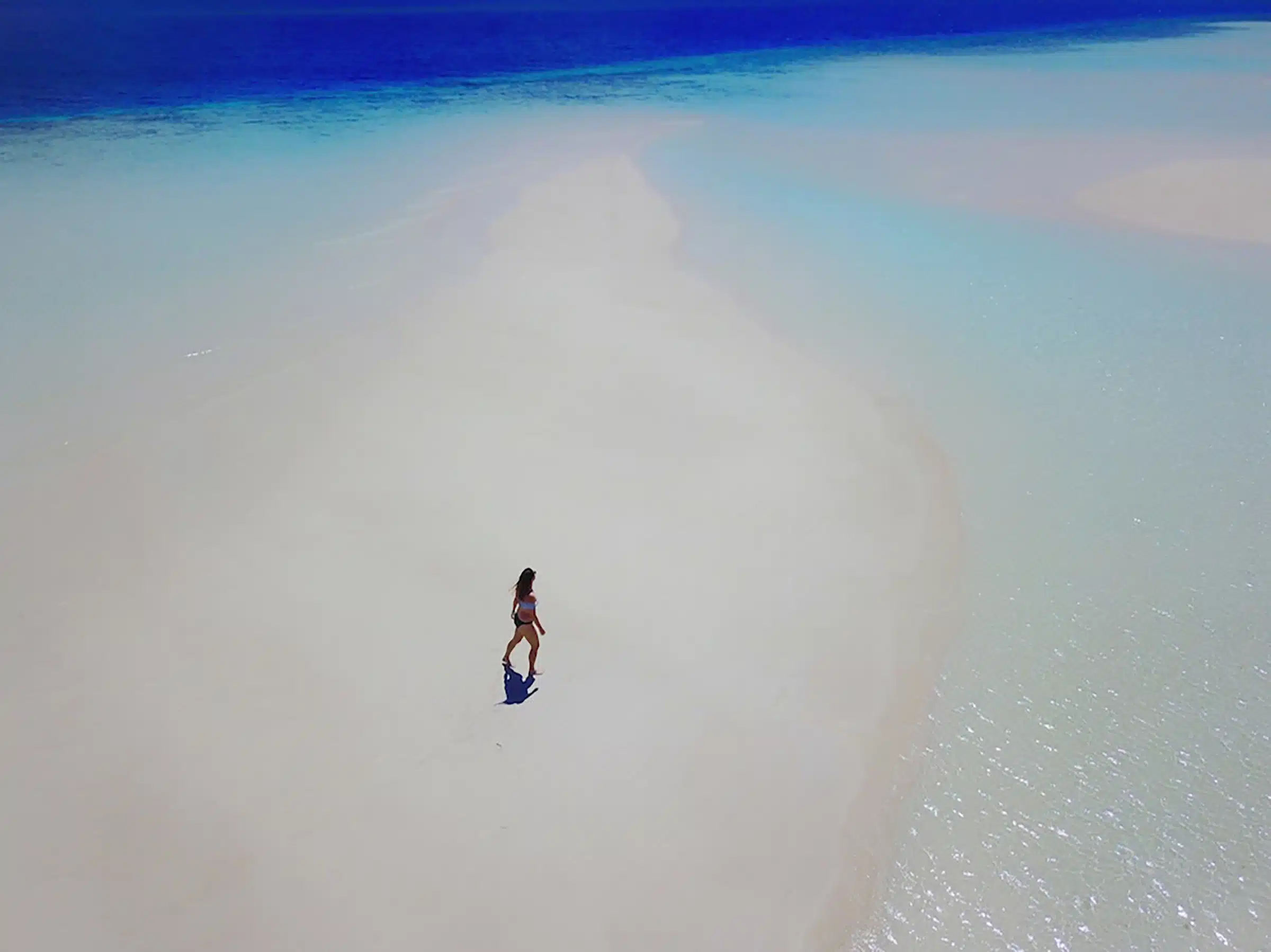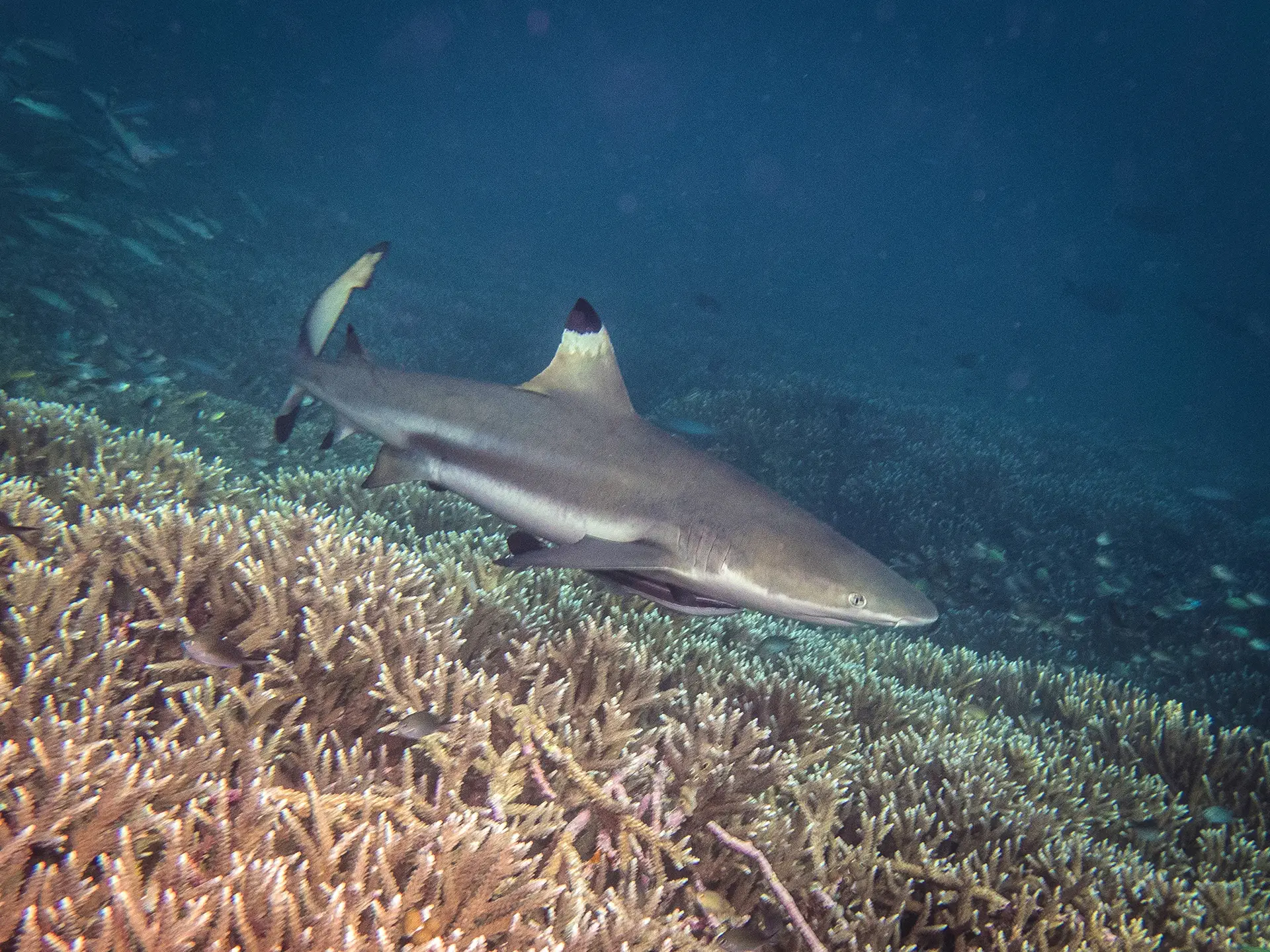Teluk Cenderawasih National Park, is located in the large secluded Bay to the North of West Papua.
A cruise within Cenderawasih Bay delivers a unique 3 in 1 experience; Stunning well preserved WW2 ship wrecks, planes and landing craft, vibrant corals and reefs and an amazing encounter with Whale Sharks.
In 2022 the area was declared a protected marine reserve of 1.5 million hectares, the largest natural park in Southeast Asia.
Calico Jack operates from the ports of Manowari and Nabire for 2 months, September and October each year, both with accessible airports. These trips are in high demand.
Cenderawasih Bay is one of the only places in the world where it’s possible to see such large numbers of Whale sharks so easily. Divers and snorkelers are treated to a unique experience as the sharks’ circle floating fishing platforms (Bagans) that target small baitfish and squid.
The Whale Sharks are regular visitors to the Bagans and are hand-fed by the local fisherman who believes the whale sharks bring good luck. Interacting with Cenderawasih’s resident giants is truly a lifetime experience.
As we prefaced above, they are giant pelagic animals that can grow up to 20 meters in length. Despite their large size, they are effectively harmless to humans because they are filter feeders – animals that feed strictly on plankton, krill, larvae, eggs and small crustaceans.
Those who are not afraid of their large size can even swim up close to their mouth to observe the rows of teeth that filter the food from the water.
Another highlight in the area is Manokwari Bay, which provided a safe anchorage for the Japanese during the second world war. Numerous wrecks are scattered around the bay.
Several wrecks are currently accessible to reactional dives, with many still to be discovered. The wrecks are covered in corals and home to a large variety of sea life. Some of the boats are still remarkably preserved, and you can still see ammunition, helmets, and cargo. Underwater exploration has only just begun, and we expect more surprises to emerge from these extraordinary seas.
Cenderawasih Bay Hightlights:
- Diving with Whale Sharks
- Well preserved WW2 shipwrecks and plane wrecks
- Superb wall diving
- Visit to local villages
- Deserted white sand beaches
- Kayaking and Stand up Paddle Boarding
- Beach BBQ
- Total of 30+ dives
Cenderwasih Bay Dive Zones:
- Numfor
- Num
- Rumberpon
- Mios Waor
- Roon
- Tanjung Ayami
- Tanjung Manguwar
- Kwatisore
- Ahe

GETTING THERE
You can enter Chenderawasih Bay by one of the main airports in Manokwari or Nabire.
Flights are available from Jakarta and Bali. Get ready for 1 or 2 overlays.

CLIMATE
The best time to visit Cenderawasih Bay is from July to October. During the months of July to September, strong winds and rain can cause rough seas in the open areas of West Papua, such as Raja Ampat.
Liveaboards use this change in the weather to focus on more sheltered routes such as Cenderawasih. The famous whale sharks are present in the bay throughout the year.
The Papua provinces of Indonesia experience 2 wet seasons: – November/December and July/August, however, it might rain in Papua at any time.

DIVING
TEMPERATURE – The sea water temperature is averaging around 27-29°C throughout the yea
WETSUIT – 3 or 5mm
DIVING DEPTH – Max 35 m (100 Feet)
CURRENT – As Chenderawasih bay is an enclosed area, currents are very rare here
VISIBILITY – Visibility in Chenderawasih Bay might vary. Rarely exceeding 20 meters, it can lower to less than 10 meters, especially after a lot of rain in the Bay.

